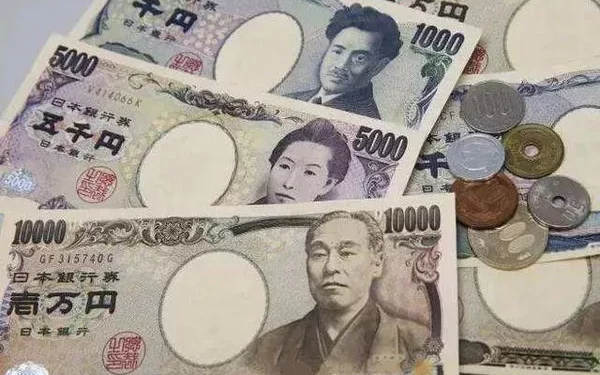The AUD/JPY currency pair rebounded to around 101.20 in early European trading on Monday, regaining ground after recent declines. The pair’s rise stems from a weakened Japanese Yen (JPY) following the Bank of Japan’s (BoJ) latest Summary of Opinions. The BoJ’s October report revealed divisions among its policymakers over the timing of potential interest rate hikes, with some officials expressing concerns over global economic uncertainties and the Yen’s depreciation. Despite these divisions, the central bank has indicated that it may raise its benchmark policy rate to 1% by late 2025.
In Japan’s political landscape, Prime Minister Shigeru Ishiba’s Cabinet submitted its collective resignation on Monday morning ahead of a Diet session. The ruling coalition, composed of the Liberal Democratic Party (LDP) and Komeito, now holds less than a majority in the House of Representatives. A runoff vote between Prime Minister Ishiba and opposition leader Yoshihiko Noda of the Constitutional Democratic Party is anticipated.
Meanwhile, the Australian Dollar (AUD) gained cautiously amid market anxieties. Concerns remain over former U.S. President Donald Trump’s proposed tariff increases on Chinese imports, which could negatively impact Australia due to its strong trade ties with China. Investor sentiment was further dampened by China’s latest economic stimulus measures. On Friday, China unveiled a 10 trillion Yuan debt package aimed at easing local government financial strain and spurring economic growth. However, the package fell short of delivering the direct stimulus investors had hoped for, casting uncertainty over demand prospects for Australian exports.
Related Topics:


























